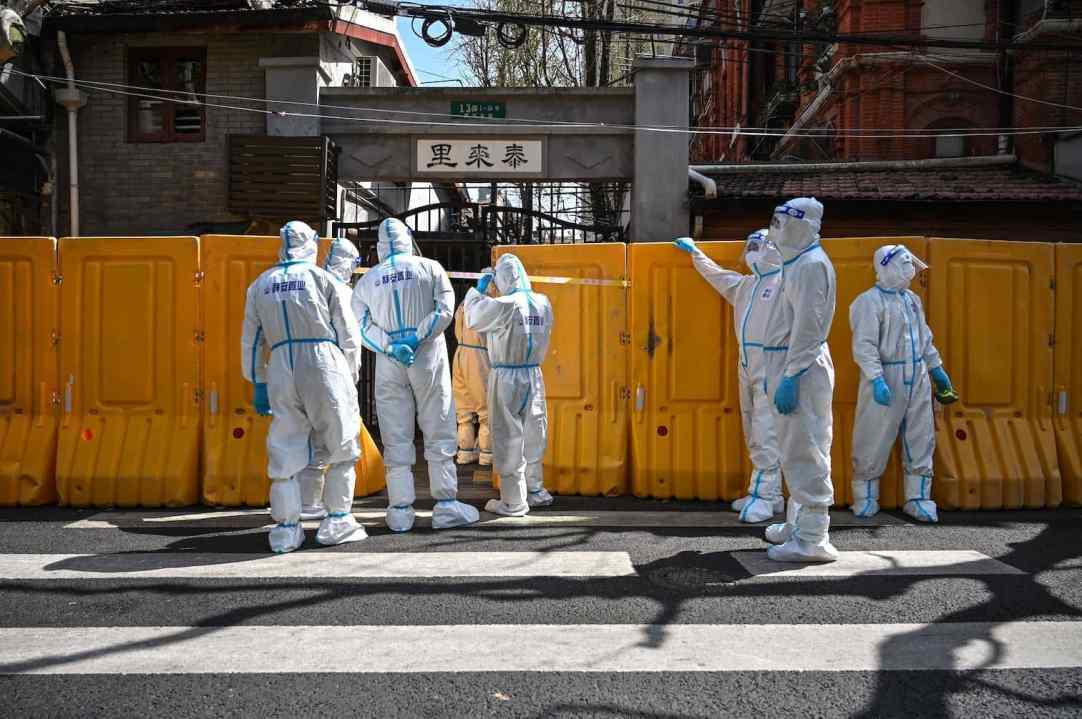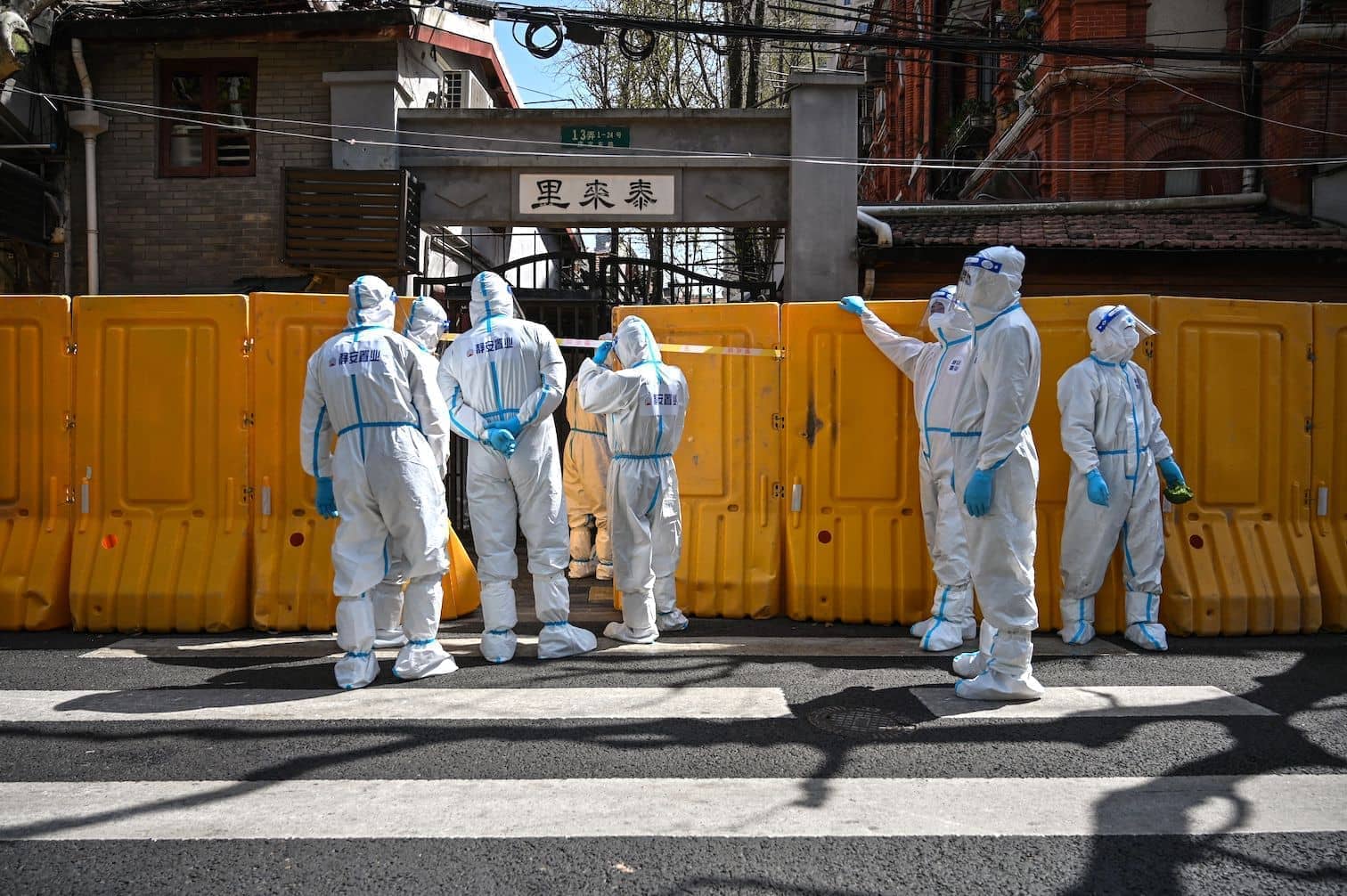The coronavirus is spreading through Hong Kong, Shenzhen and other cities in China like a bush fire; tens of millions of Chinese have been ordered to stay at home yet again. Shanghai, a city of 26 million souls, has been split in two. Those on the eastern side of the Huangpu River will be locked down until Friday, their west bank neighbours from the start of April.
It won’t work. Like a new Mercedes, the BA.2 model of the omicron variant of the Sars-CoV-2 virus is faster, quieter and 30 per cent more prolific. There is no chance of stopping it with lockdowns, mass testing or social distancing – even in Xi Jinping’s China.
The only remedy is vaccination, which won’t stop infection but will moderate the symptoms enough to save a lot of lives, as it has done here. But, having invented its own second-rate vaccines and then failed to get them into the arms of many of the oldest and most vulnerable people, the Chinese government is now almost certainly facing a big rise in deaths. Omicron may be milder than delta, but it can still kill the old and ill – as we have seen in Hong Kong, where the Covid death rate, per capita, has already risen to almost twice the level Britain saw at its peak.
Might the same fate be about to befall China? It’s a horrendous prospect: if its Covid death-rate ends up at even a third of the European average it would amount to about a million souls, up from just 4,600 now. That’s why western governments should be ready to share the lessons we have learned from the past two years to save as many Chinese lives as possible. Let’s also offer millions of doses of vaccines as fast as we can.

Two years ago, China’s lockdown strategy was being held up as the model to follow by scientists who toured BBC studios giving interviews without serious challenge.








Comments
Join the debate for just £1 a month
Be part of the conversation with other Spectator readers by getting your first three months for £3.
UNLOCK ACCESS Just £1 a monthAlready a subscriber? Log in